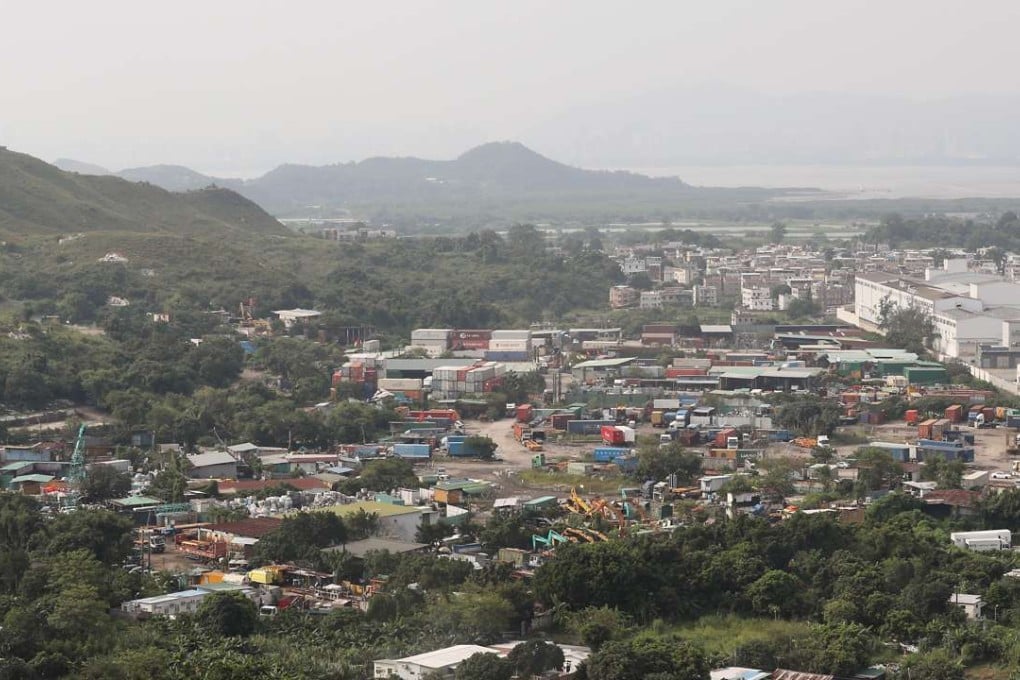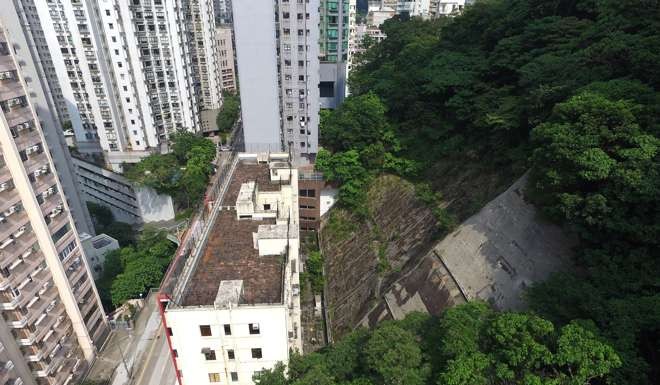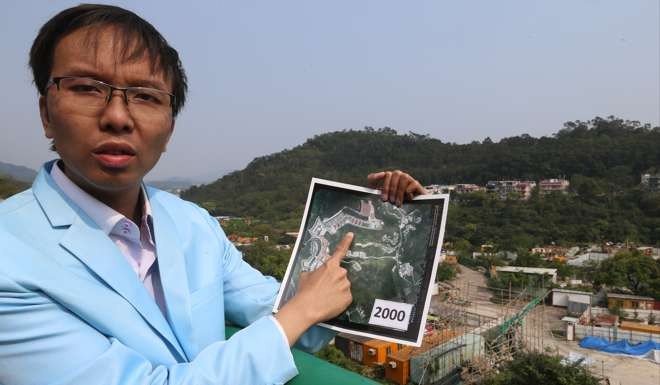Why brownfield sites are a greener option for housing development in Hong Kong
Elizabeth Lai says the sites are preferable to green belt land as they have already gone to waste, but what must be controlled is their expansion, legal or otherwise

The Wang Chau housing saga is an excellent example to illustrate the environmental dilemma over brownfield sites versus green belt land for development. The earmarked area in Yuen Long of mostly brownfield site is not a bad choice for development, given its low ecological value. However, one thing is clear: there should be more rigourous control over the growth of such sites in Hong Kong.
In this city of 110,000 hectares, about 40 per cent is protected under the Country Parks Ordinance. As such, other land use zones, such as green belt and brownfield sites, are susceptible to rezoning for development.

Residents see red over Hong Kong green belt grab
Green belts serve as a buffer for the conservation of existing features, and total about 15,200 hectares or 13 per cent of land in the city. According to the Development Bureau, there is no official definition of a brownfield site, but it generally refers to deserted agricultural or rural land already developed for use, for instance as port backup land, or workshops, recycling yards and open storage facilities. Given the lack of a clear definition, there are no official figures about the total area of brownfield sites in Hong Kong .
Nonetheless, community group the Professional Commons used Google Maps, Google Earth and Google Street View to come up with an estimated figure of 1,192 hectares for brownfield sites, or about 1 per cent of Hong Kong’s total area.

Study on clearing Hong Kong’s brownfield sites won’t be ready for nearly two years
Despite their relatively small share of total land, it would be a strategic move to prioritise development of brownfield sites, to avoid destroying green belt areas. A number of environmental problems could be triggered by clearing land of conservation value, such as loss of habitat, an impact on the microclimate, reduced ability of the land to act as a carbon sink, acidification, the disruption of the nitrogen cycle, and so on.